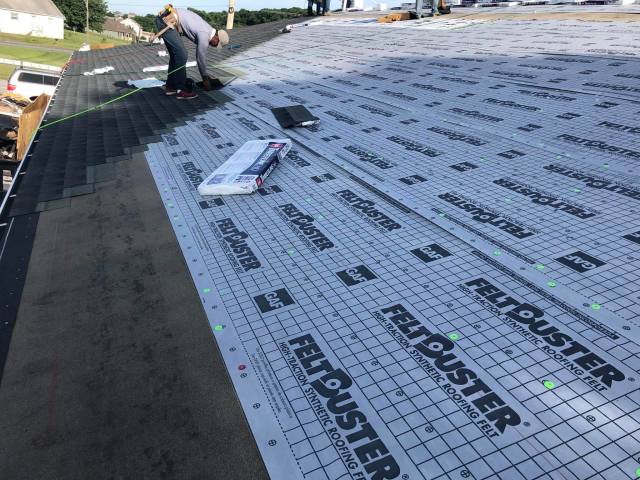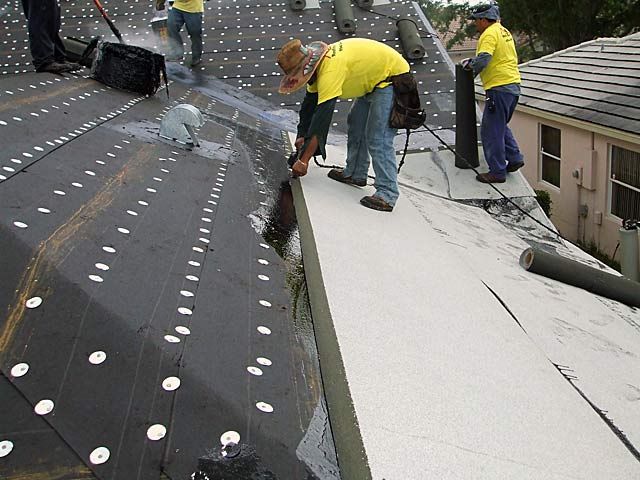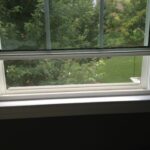When it comes to the well-being of your home, the roof is often considered one of the most critical components. While it’s easy to focus on the roof’s structure, shingles, and insulation, there’s another vital factor that homeowners should pay attention to: roof ventilation. Proper roof ventilation is more than just a technical detail; it plays a significant role in maintaining your home’s health, comfort, and longevity. In this blog post, we’ll explore the importance of roof ventilation and why it matters for your home.
What Is Roof Ventilation?
Roof ventilation refers to the process of allowing air to flow in and out of the attic or the space beneath your roof. It typically involves the installation of vents and intake and exhaust systems designed to create a balanced airflow. The primary goals of roof ventilation are:
- Heat Regulation: Roof ventilation helps regulate the temperature in your attic, preventing it from becoming excessively hot in the summer and excessively cold in the winter.
- Moisture Control: It allows moisture and humidity to escape from the attic, preventing condensation and the potential for mold and mildew growth.
- Energy Efficiency: Proper ventilation can reduce your energy costs by helping to maintain a consistent temperature in your attic, which, in turn, affects your home’s overall energy efficiency.
The Benefits of Proper Roof Ventilation
1. Temperature Regulation
During the hot summer months, your attic can become a sweltering heat trap. Without proper ventilation, this excessive heat can radiate down into your living spaces, making your home uncomfortable and causing your air conditioning system to work harder. In winter, inadequate ventilation can lead to ice dam formation on your roof, which can cause water damage.
Proper roof ventilation helps maintain a consistent attic temperature, preventing these issues. Vents and exhaust systems allow hot air to escape, while intake vents draw in cooler, outdoor air, creating a balance that keeps your attic temperature in check.
2. Moisture Management
Moisture is one of the most significant threats to your home’s structural integrity and indoor air quality. Without adequate ventilation, moisture can accumulate in your attic, leading to condensation and mold growth. Mold not only damages your home but can also pose health risks to your family.
Roof ventilation helps to expel excess moisture from your attic, reducing the risk of condensation and mold. It also prevents moisture-related issues, such as warped roof decking and insulation deterioration.

3. Energy Efficiency
Proper roof ventilation can contribute to energy efficiency in your home. When your attic is well-ventilated, it remains closer to the outdoor temperature, reducing the workload on your heating and cooling systems. This can translate into lower energy bills and a reduced carbon footprint.
4. Roof Longevity
An overheated attic can accelerate the aging of your roofing materials. Excessive heat can cause shingles to crack and degrade prematurely. By regulating the temperature in your attic, proper ventilation can extend the lifespan of your roof, potentially saving you from costly repairs or replacements.
Signs of Inadequate Roof Ventilation
Now that you understand the benefits of proper roof ventilation, it’s essential to recognize the signs of inadequate ventilation. If you notice any of the following issues, it may be time to address your home’s ventilation:
- Excessive Heat in Attic: If your attic feels excessively hot, especially during the summer, it’s a clear sign that your ventilation may be inadequate.
- Mold or Mildew Growth: The presence of mold or mildew in your attic or on your roof’s underside is a sure sign of moisture accumulation due to poor ventilation.
- Ice Dams: In winter, ice dams forming on your roof can indicate inadequate ventilation. These dams occur when warm air from your attic melts snow on the roof, which then refreezes at the eaves, causing ice buildup.
- Higher Energy Bills: If you’ve noticed an increase in your energy bills and can’t attribute it to other factors, it may be due to poor attic ventilation.
- Roofing Issues: Premature shingle degradation, warping, or other roofing problems can result from an overheated attic due to poor ventilation.
Improving Roof Ventilation
If you suspect that your home has inadequate roof ventilation, it’s crucial to address the issue promptly to avoid potential problems. Here are steps you can take to improve your roof ventilation:
- Consult a Professional: The first step is to have a professional roofing contractor or HVAC specialist assess your home’s ventilation needs. They can recommend the right ventilation system for your specific circumstances.
- Install Vents: Depending on your home’s design and roofing materials, various vents may be required, such as ridge vents, soffit vents, gable vents, or powered attic fans.
- Seal Air Leaks: Ensure that your attic is properly sealed to prevent unwanted drafts. This will help maintain a consistent temperature and prevent heat loss in winter.
- Insulate Attic Floor: Proper attic insulation can also contribute to temperature regulation. Insulate the attic floor to prevent warm air from rising into the attic space.
- Regular Maintenance: Keep your roof and attic well-maintained by cleaning gutters, removing debris, and checking for any signs of moisture or mold regularly.
Conclusion
Proper roof ventilation is a critical aspect of maintaining a healthy, energy-efficient, and long-lasting home. It regulates temperature, controls moisture, improves energy efficiency, and extends the life of your roofing materials from your roofing company. If you suspect issues with your roof ventilation, don’t hesitate to consult with professionals who can assess your needs and recommend the right solutions. By investing in proper roof ventilation, you’ll protect your home and ensure a comfortable living environment year-round.


